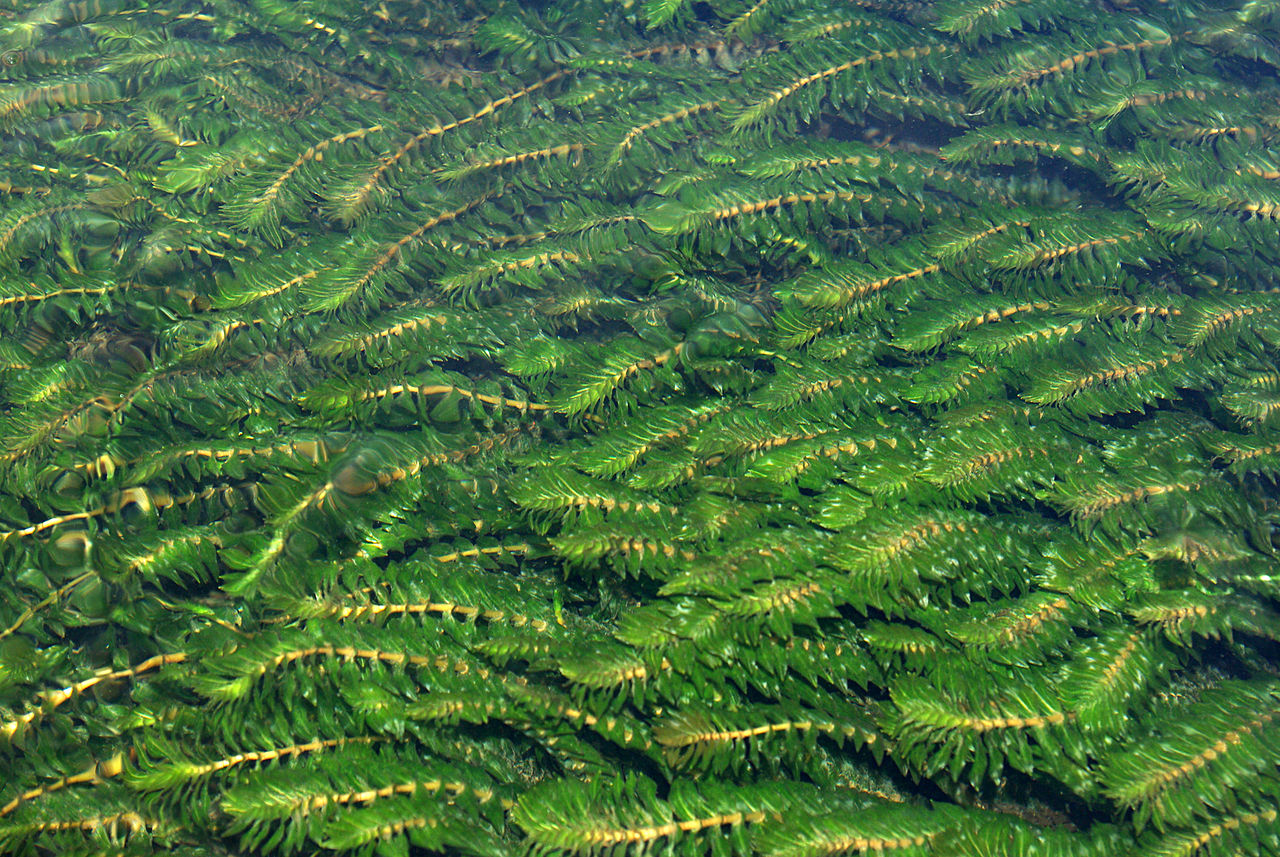My route took me first down to Linton and its falls (Potentilla wild goose chase), then along the river to Ghaistrill's Strid, into Lower Grass Wood, Grass Wood proper, back across the fields towards Grassington and up to Bastow Wood, before back to the village. A good route, with each location having its own special interest and enough to remind me that I need to get into this part of the Dales more often.
Starting at Linton Falls the sheer riverside cliffs had a small population of a distinctive hawkweed, and not only could I identify it (that's four now out of the 90 recorded from VC64, baby steps) but I knew I was right as there was a record in the database from an expert. This stunner, distinctive by hawkweed standards, was Wood Hawkweed (Hieracium silvaticoides). Later to be seen again on rocks by the river in Lower Grass Wood. The photo is a plant in situ growing out of vertical rock, what a tough plant.
There was a second hawkweed here, not in flower yet. I had a fair idea of what it should be and it is not to be collected under an circumstances, I suspect herbaria are already full of it. So admired at a distance and as far as is known this is its only surviving population, and it occurs no where else in the world. I only saw two plants! A precarious existence, water on one side, sheep and tourists on the other. This is Linton Falls Hawkweed (Hieracium lintonense).
The River Wharfe here has some exceptionally good stands of Opposite-leaved Pondweed (Groenlandia densa)
photo David Perez (Wikimedia Commons)
In Grass Wood I was really pleased to stumble over some Herb-Paris (Paris quadrifolia) in full bloom. Flowering plants have eluded me for so long, normally it is well into berry and past its best. Sure I could have twitched it somewhere it if I wanted, but I am quite happy to wait until something wants to reveal itself to me. A memory based on a sense of time and place has much more meaning.
Finally, at the base of a drystone wall on the way back to Grassington was an abundance of Brittle Bladder-fern (Cystopteris fragilis).












